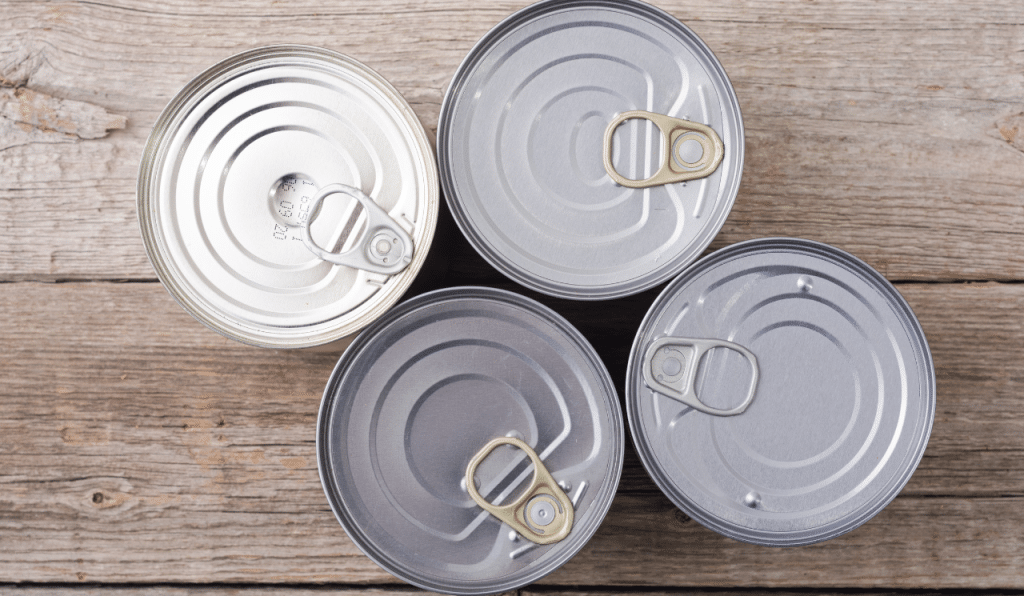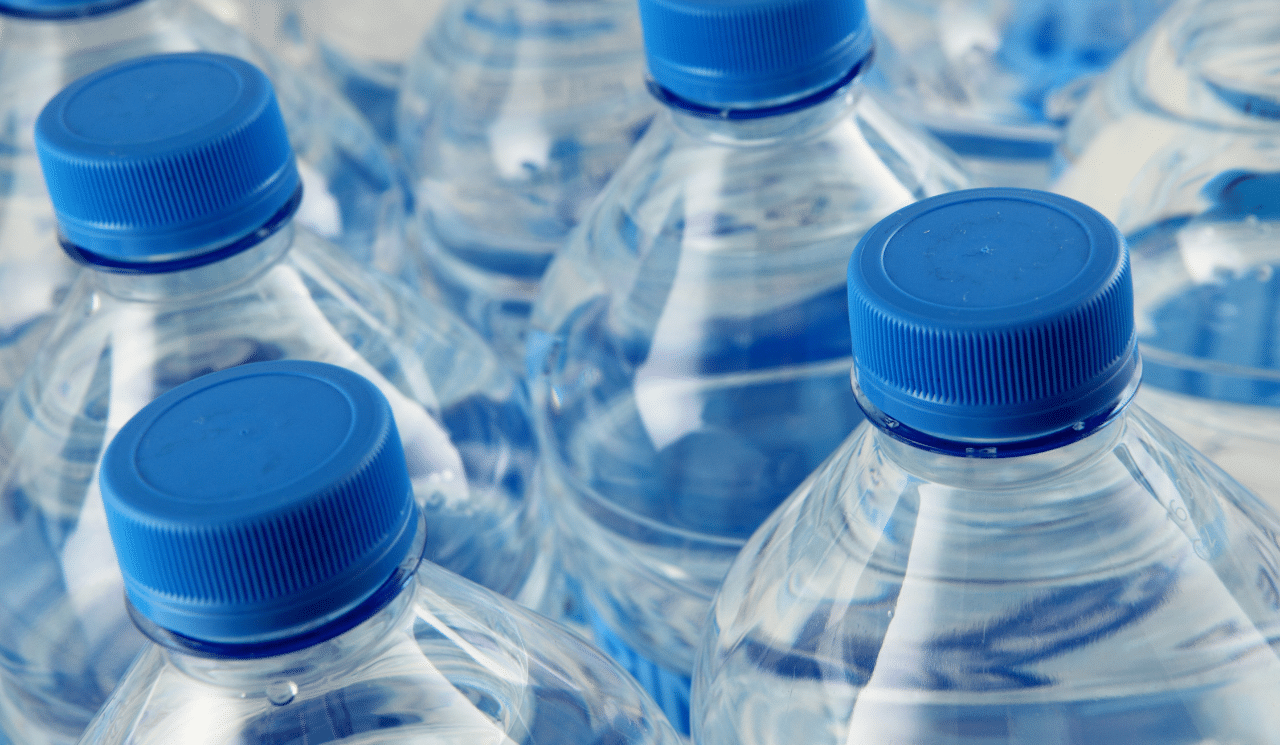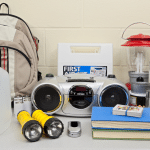As homeowners, we always hope that we won’t face any unforeseen emergencies in our lives, especially ones that may see us stuck in our homes for an extended period of time. However, the truth is that disasters can happen at any time and we need to be prepared for them. One of the most important things to consider in such situations is having an emergency water and food supply at home. In this article, we’ll explore why you may need to store a supply of bottled water and food, what types of food and drink can be used to store, and where in the home it can be stored.
In the event of an emergency, it’s possible that your regular water source may be cut off or contaminated. This can lead to dehydration, malnutrition, and other serious health problems. In order to avoid this, it’s important to have a backup supply of water and food that can sustain you and your family for at least a few days.
Types of Food and Drink to Store
When it comes to storing food and drink for emergencies, it’s important to choose items that have a long shelf life and can be stored easily. Here are some examples of food and drink items that can be stored for emergencies:
- Bottled water is the best option for storing water for emergencies. You should aim to store at least one gallon of water per person per day for at least three days.
- Canned fruits, vegetables, and meats are a great option for storing food for emergencies. They have a long shelf life and can be eaten cold or heated up on a stove or campfire.
- Foods like dried fruits, nuts, and jerky are great options for emergency food supplies. They are lightweight and have a long shelf life.
- Energy bars are a convenient option for emergency food supplies. They are compact, easy to store, and provide a good source of energy.
- Dried pasta and spaghetti also have a long shelf life and takes minimal effort to cook, even if you only have access to a camping stove, outdoor firepit, or even just some candles.

Where to Store Emergency Water & Food Supplies
The next thing to consider is where are you going to store such things? You obviously don’t want to keep them out in the open, and you normally don’t want to keep these supplies with your normal food items, as they may accidentally get used up. So when storing emergency water and food supplies, it’s important to choose a location that is out of sight, cool, dry, and dark. This will help to prevent spoilage and ensure that the supplies remain fresh for as long as possible. Here are some examples of where you can store emergency water and food supplies:
- If you have a cool, dry, and dark cupboard or pantry in your home, this can be a good place to store emergency water and food supplies.
- Basements and cellars are often cool and dark, making them ideal locations for storing emergency water and food supplies.
- If you don’t have enough storage space in your home, you can also consider storing emergency water and food supplies in your garage or shed. However, be aware that these locations may not be cool enough during hot weather.
In conclusion, having an emergency water and food supply at home is an important part of being prepared for disasters. It’s important to choose food and drink items that have a long shelf life and can be stored easily, and to store them in a cool, dry, and dark location. By taking these steps, you can help ensure that you and your family are prepared for any emergency that may come your way.





